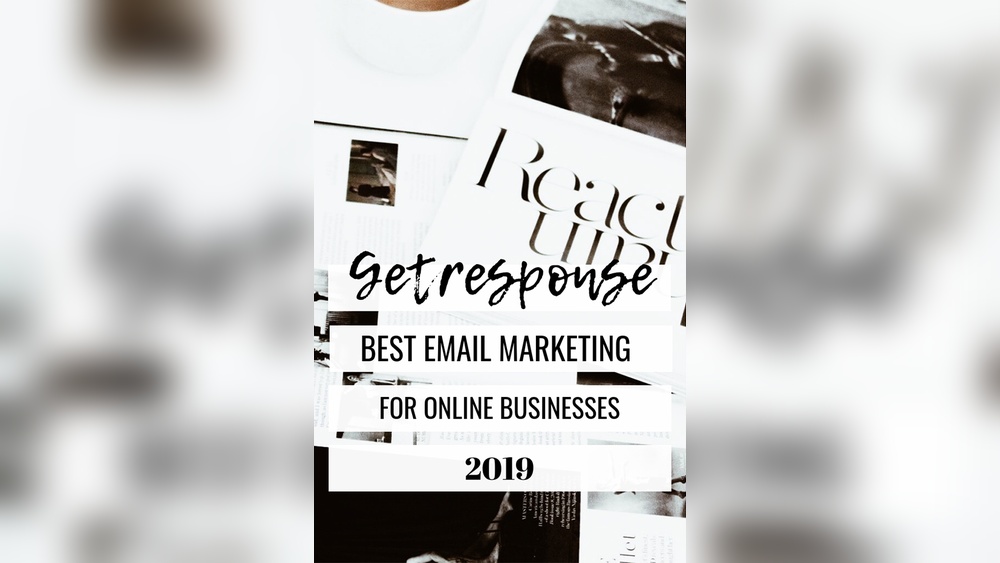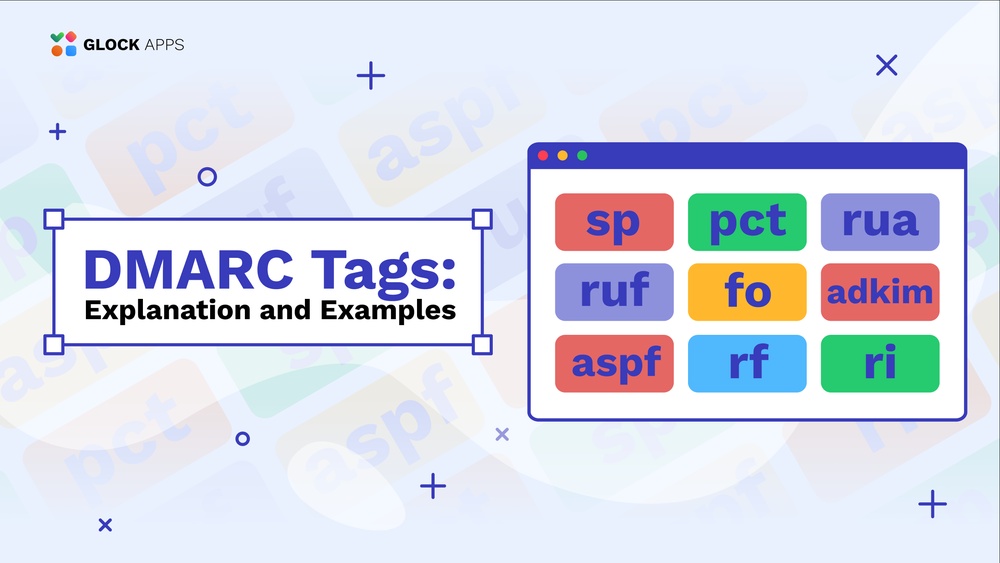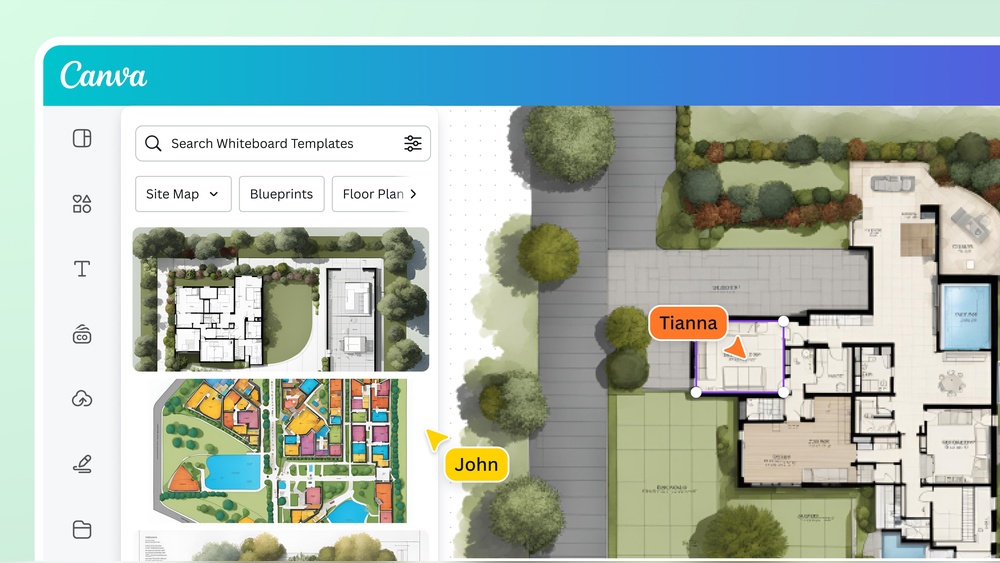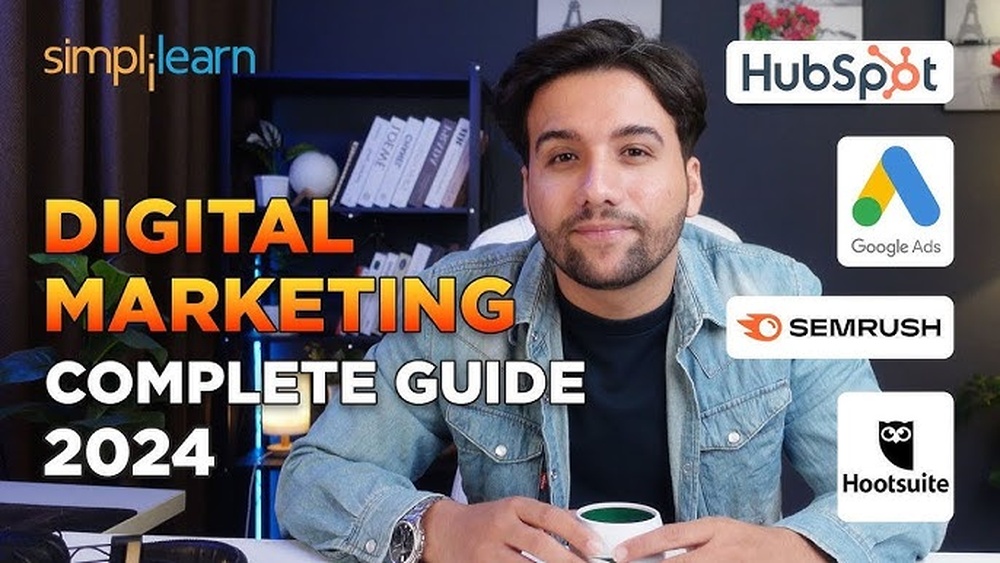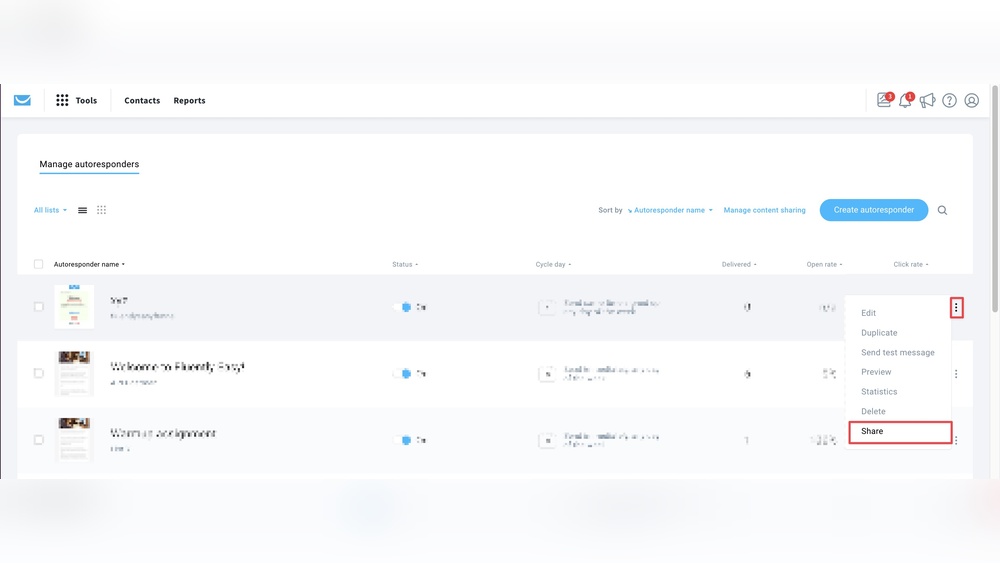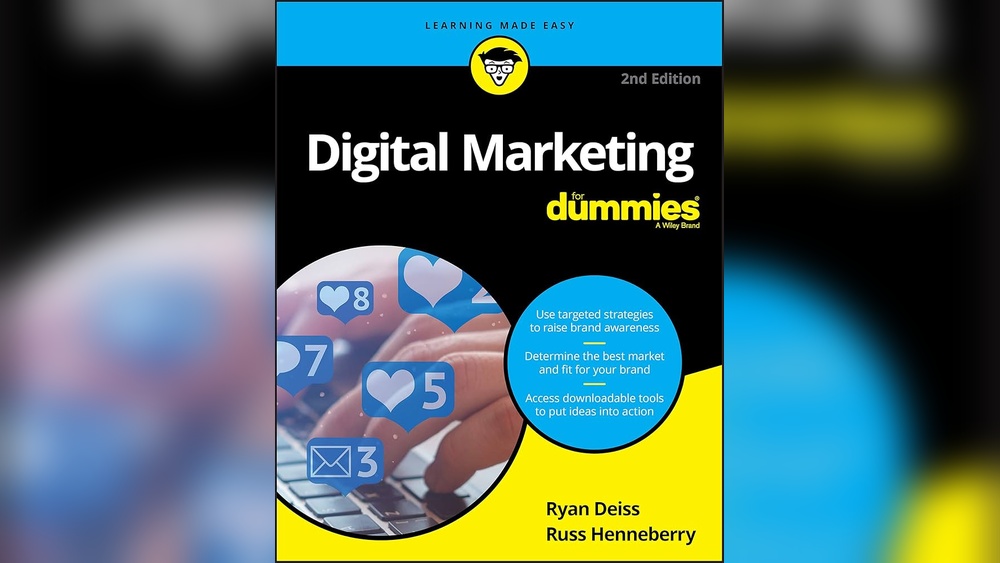Are you ready to turn your ideas into a sleek and effective landing page? Whether you’re launching a new product, promoting an event, or just want to capture leads, creating your own landing page can make a powerful impact.
Imagine having full control over your page’s design and functionality. You can tailor every detail to perfectly fit your vision and engage your audience. But where do you start, and how can you ensure your landing page is not only visually appealing but also optimized for conversions?
You’ll discover straightforward steps and insider tips to code your own landing page from scratch. Prepare to unlock the secrets of crafting a landing page that not only looks great but also drives results. Dive in to find out how you can create a page that captures attention and compels visitors to take action.

Credit: onepage.io
Choosing The Right Tools
Picking the right tools is key to a good landing page. First, choose a text editor like Notepad++ or Visual Studio Code. They help you write code easily. Next, a browser such as Google Chrome or Firefox lets you see your page. Browsers show how your page looks to others.
You need a version control tool like Git. It helps you save changes. Also, get a design tool such as Figma or Canva. These tools help in creating images and layouts. Use them to make your page look nice.
Planning Your Layout
Your landing page needs key sections. These sections help you share information. Start with a clear header. This tells visitors what your page is about. Next, add a main section. Here, you explain your product or service. Don’t forget a call-to-action. This asks visitors to do something. Like signing up or buying. An about section shares more details about you. Lastly, include a footer. This can have contact info or links.
Wireframing helps design your page. It’s like drawing your ideas. Start with a simple sketch. Use boxes to show where things go. Make sure the layout is clear and easy to follow. You don’t need special tools. Paper and pencil work fine. Keep the design simple. Too many details can confuse people. Focus on the most important parts. This helps you stay organized.
Setting Up Your Environment
Start by installing a code editor. Popular ones include VS Code or Sublime Text. You need a web browser to view your page. Google Chrome or Firefox works well. Install a version control tool like Git. This helps manage your code changes. Don’t forget a local server tool. XAMPP or WAMP are good choices. These will allow you to test your page locally.
Begin by creating a main folder for your project. Inside, make folders for images, CSS, and JavaScript. This keeps things tidy. Name files clearly. Use short and descriptive names. Keep track of your assets. Save images in the image folder. Save scripts in the JavaScript folder. Use clear paths in your HTML. This makes your code easy to read.

Credit: rencenter.org
Building The Structure
Start with a basic HTML skeleton. This includes the html declaration. Add the tag next. Inside it, include and tags. In the , add a tags for SEO. In the , place your content. Use for main headings. Use for paragraphs. This forms the basic structure.
CSS makes your page look good. Add a tag in the . This connects a CSS file. Define styles in this file. Use color for text colors. Use background-color for backgrounds. Use font-size for text size. Apply styles to HTML tags. Use classes and IDs for specific elements. This improves the look of your page.
Enhancing With Javascript
Adding interactive elements can make a page more fun. Use JavaScript to add effects. For example, buttons that light up when clicked. Or images that change when you hover over them. These features make users happy. They stay longer on the page. A happy user means a happy site.
Optimizing performance is also important. Too much JavaScript can slow a site. Use only what you need. Compress JavaScript files. This makes them smaller and faster. A fast page keeps users from leaving. Happy users come back again and again.

Credit: giftsbyjeff.com
Ensuring Responsiveness
Designing a landing page requires ensuring responsiveness for a seamless user experience. Use flexible grids and images to adapt to different devices. Test across various screen sizes to guarantee accessibility and functionality.
Using Media Queries
Media queries help make your page look good on all screens. Use them to change styles for different screen sizes. Start with the smallest screen first. Then add styles for larger screens. This is called mobile-first design. It helps keep your code clean and easy to understand. Add conditions in your CSS for different devices. Like screens wider than 600 pixels. This way, your page will change and fit each device.
Testing Across Devices
Test your landing page on phones, tablets, and computers. Use real devices if you can. This shows you how the page looks and works. Use online tools to test your page. These tools simulate different devices. Check if buttons and links are easy to click. Check if images load correctly. Make sure text is easy to read. Testing helps you find and fix problems.
Seo Best Practices
Meta tags help search engines understand your page. A good title tag is important for ranking. It should be short and clear. Use keywords that describe your content. The description tag should tell what the page is about. Keep it under 160 characters. This helps users decide to click or not. Both tags should be unique for every page. This makes your site easier to find.
Fast pages keep users happy. Slow pages make people leave. Use compressed images to make pages load faster. Smaller images use less data. Use a simple layout. Too many elements can slow down your page. Keep scripts short and efficient. Use a content delivery network (CDN). It sends data from the closest server. This makes loading faster for users everywhere.
Deploying Your Page
A good hosting provider is key. Check reviews to find reliable options. Compare prices and features. Some offer free plans. Look for easy setup and support. Security is important too. Ensure SSL certificates are available. This protects users’ data.
Use FTP clients like FileZilla. They help move files easily. Connect using credentials from your host. Drag and drop files to the server. Check file paths are correct. View your page online after upload. Test for errors to fix issues. Make sure images and links work.
Analyzing And Iterating
Understand what users do on your page. Use tools like Google Analytics. These tools show where users click. They show how long users stay. This information is important. It helps you make your page better.
Use the data to improve your landing page. If users leave quickly, check your content. Maybe it’s not clear. Change things and check again. Test different images or buttons. Small changes can make a big difference. Always look at the numbers. They help you see what’s working. Keep improving for the best results.
Frequently Asked Questions
Can I Create My Own Landing Page?
Yes, you can create your own landing page using platforms like WordPress or Wix. These tools offer customizable templates and easy drag-and-drop features. Enhance your page with SEO tactics to improve visibility. Ensure your design is user-friendly and aligns with your business goals for optimal engagement and conversion.
How Difficult Is It To Build A Landing Page?
Building a landing page is moderately easy. Use user-friendly tools like WordPress or Wix. Follow best practices for design and content. Incorporate SEO elements to improve visibility. With patience and creativity, anyone can create an effective landing page.
How To Create An Html Landing Page?
To create an HTML landing page, use a text editor to write HTML code. Structure it with a header, main content, and footer. Include CSS for styling and JavaScript for interactivity. Save the file with a. html extension and upload it to a web server.
How Much Does It Cost To Create A Landing Page?
The cost to create a landing page ranges from $100 to $5000. Prices vary based on design complexity and features. DIY options cost less, while professional services charge more. Consider your budget and needs for the best choice. Custom designs with advanced features tend to be pricier.
Conclusion
Creating your own landing page is a rewarding experience. You’ve learned the basics, practiced coding, and seen your ideas come to life. Remember to test your page regularly for the best results. Keep your design simple and your content clear.
Always focus on your audience’s needs. Use what you’ve learned to improve your skills further. Practice makes perfect. With time, coding will feel more natural. Enjoy the process and continue exploring new techniques. Your next project awaits. Happy coding!

